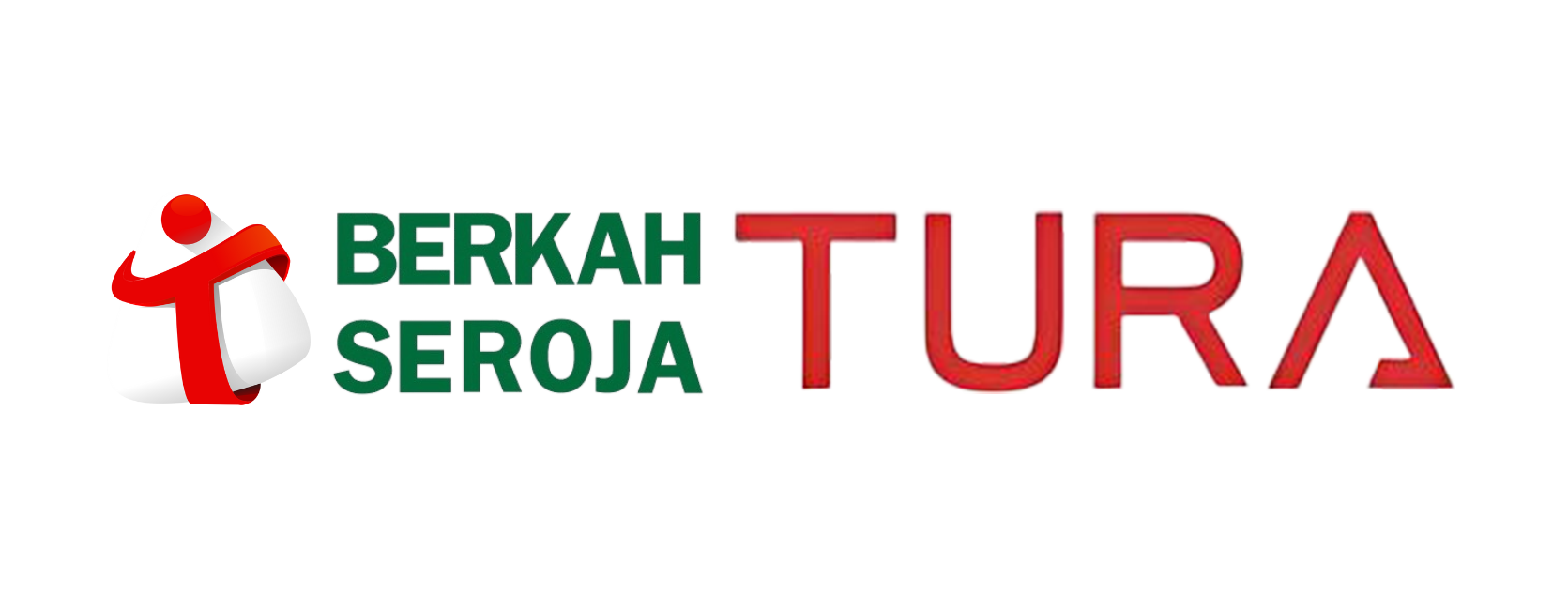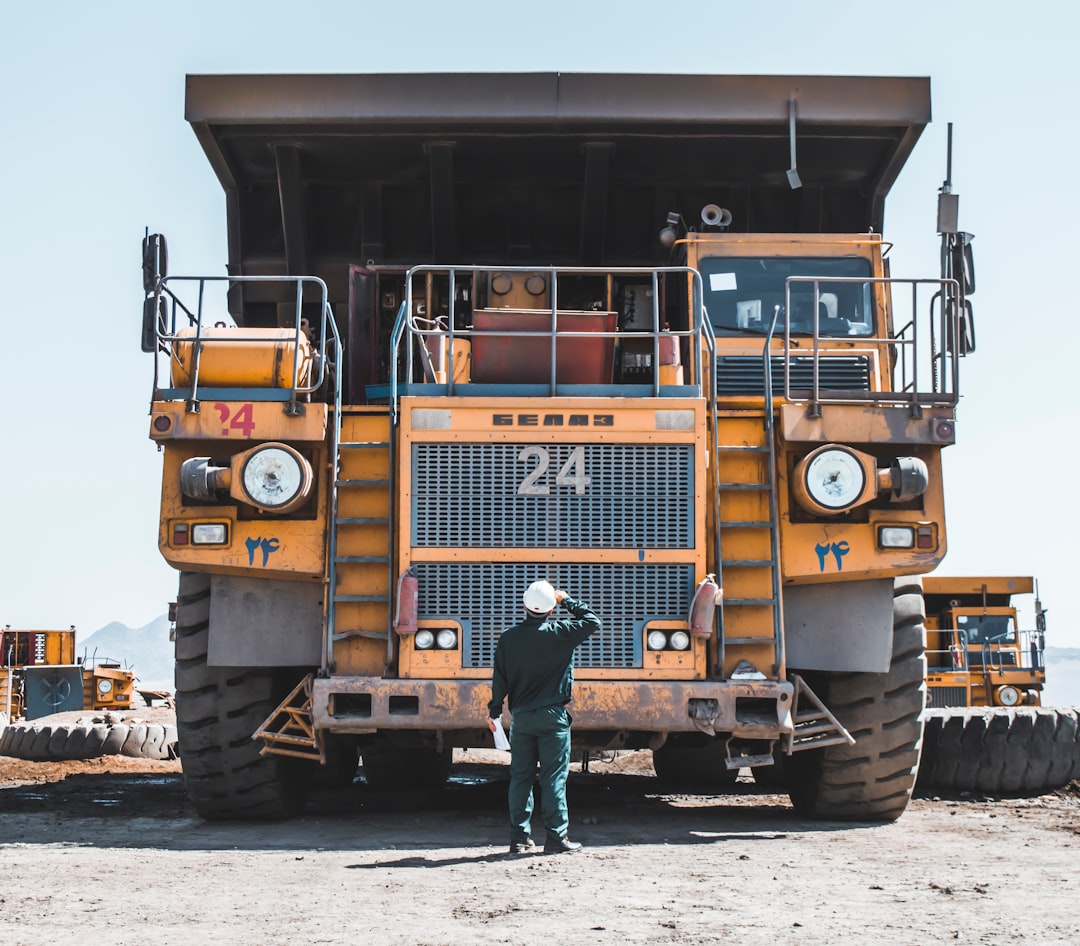Mining Safety Rules: Protecting Lives and Ensuring Safe Operations
Mining is one of the most challenging and hazardous industries, with workers exposed to a range of risks such as cave-ins, explosions, toxic gases, and heavy equipment accidents. To mitigate these dangers, strict mining safety rules are essential. These rules not only protect the lives of workers but also ensure smooth and efficient operations. Here’s an overview of key mining safety rules and why they matter.
Why Mining Safety Rules Are Critical
Safety in mining is non-negotiable. The industry operates in some of the most unpredictable environments, where even minor lapses can lead to catastrophic consequences. Adhering to safety rules helps:
- Prevent accidents and fatalities.
- Minimize environmental damage.
- Comply with legal and regulatory requirements.
- Build trust with employees, stakeholders, and communities.
Mining companies that prioritize safety foster a culture of responsibility, boosting morale and productivity while reducing downtime caused by incidents.
Key Mining Safety Rules Every Worker Should Follow
Wear Proper Personal Protective Equipment (PPE):
- All workers must wear appropriate PPE, including helmets, gloves, boots, goggles, and respirators, to protect against hazards like falling debris, dust, and toxic gases.
- Ensure PPE is regularly inspected and replaced when damaged.
Conduct Pre-Shift Inspections:
- Before starting work, inspect machinery, tools, and the worksite for potential hazards such as unstable ground or faulty equipment.
- Report any issues immediately to supervisors.
Follow Ventilation Protocols:
- Ensure proper ventilation systems are in place to prevent the buildup of harmful gases like methane and carbon monoxide.
- Use gas detectors to monitor air quality continuously.
Practice Safe Blasting Procedures:
- Only trained personnel should handle explosives.
- Follow all guidelines for storage, transportation, and detonation of blasting materials.
- Clear the area and ensure all workers are at a safe distance during blasting.
Use Equipment Safely:
- Operate heavy machinery and vehicles only if you are trained and authorized.
- Perform regular maintenance checks on equipment to prevent malfunctions.
- Never overload machinery or use it for purposes it wasn’t designed for.
Implement Emergency Response Plans:
- Have clear evacuation routes and emergency procedures in place.
- Conduct regular drills to prepare workers for emergencies such as fires, explosions, or cave-ins.
- Ensure first aid kits and fire extinguishers are readily available.
Avoid Working Alone:
- Workers should never enter confined spaces or hazardous areas alone. Always have a buddy system in place.
- Maintain communication with team members and supervisors at all times.
Secure the Worksite:
- Install barriers, signage, and lighting to mark hazardous areas.
- Ensure loose rocks, overhangs, and unstable structures are stabilized or removed.
Train and Educate Workers:
- Provide comprehensive safety training for all employees, including hazard recognition, emergency response, and proper equipment usage.
- Regularly update training programs to reflect new technologies and regulations.
Monitor Health and Well-being:
- Encourage workers to report health issues such as fatigue, respiratory problems, or hearing loss.
- Provide access to medical check-ups and mental health support.
The Role of Technology in Enhancing Mining Safety
Modern technology plays a vital role in improving safety standards in mining. Some innovations include:
- Automated Machinery : Reduces the need for human presence in high-risk areas.
- Real-Time Monitoring Systems : Track worker locations, equipment status, and environmental conditions.
- Drones and Robotics : Used for inspections and mapping hazardous zones without endangering workers.
- Wearable Devices : Monitor vital signs and alert supervisors to potential health risks.
By embracing these technologies, mining companies can significantly reduce risks and enhance overall safety.
Legal and Regulatory Compliance
Mining safety rules are often backed by laws and regulations enforced by government agencies. For example:
- In the United States, the Mine Safety and Health Administration (MSHA) sets strict safety standards for mines.
- In Australia, the Work Health and Safety (WHS) Act governs mining safety practices.
- Internationally, organizations like the International Labour Organization (ILO) provide guidelines for safe mining operations.
Non-compliance with these regulations can result in fines, shutdowns, or legal action. Therefore, mining companies must stay informed about local and international safety standards.
Building a Culture of Safety
Safety isn’t just about following rules—it’s about fostering a mindset where every worker prioritizes their well-being and that of their colleagues. Tips for building a strong safety culture include:
- Encouraging open communication about hazards and near-misses.
- Rewarding safe behavior and proactive reporting of risks.
- Leading by example, with management demonstrating a commitment to safety.
When safety becomes ingrained in the company culture, it leads to better outcomes for everyone involved.
Conclusion
Mining safety rules are the backbone of a secure and productive operation. By adhering to these guidelines, investing in technology, and fostering a culture of safety, mining companies can protect their workforce, comply with regulations, and maintain operational efficiency.





